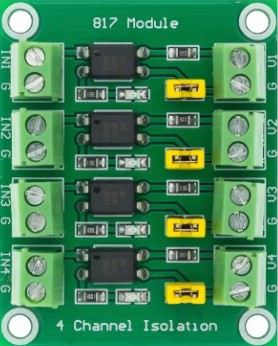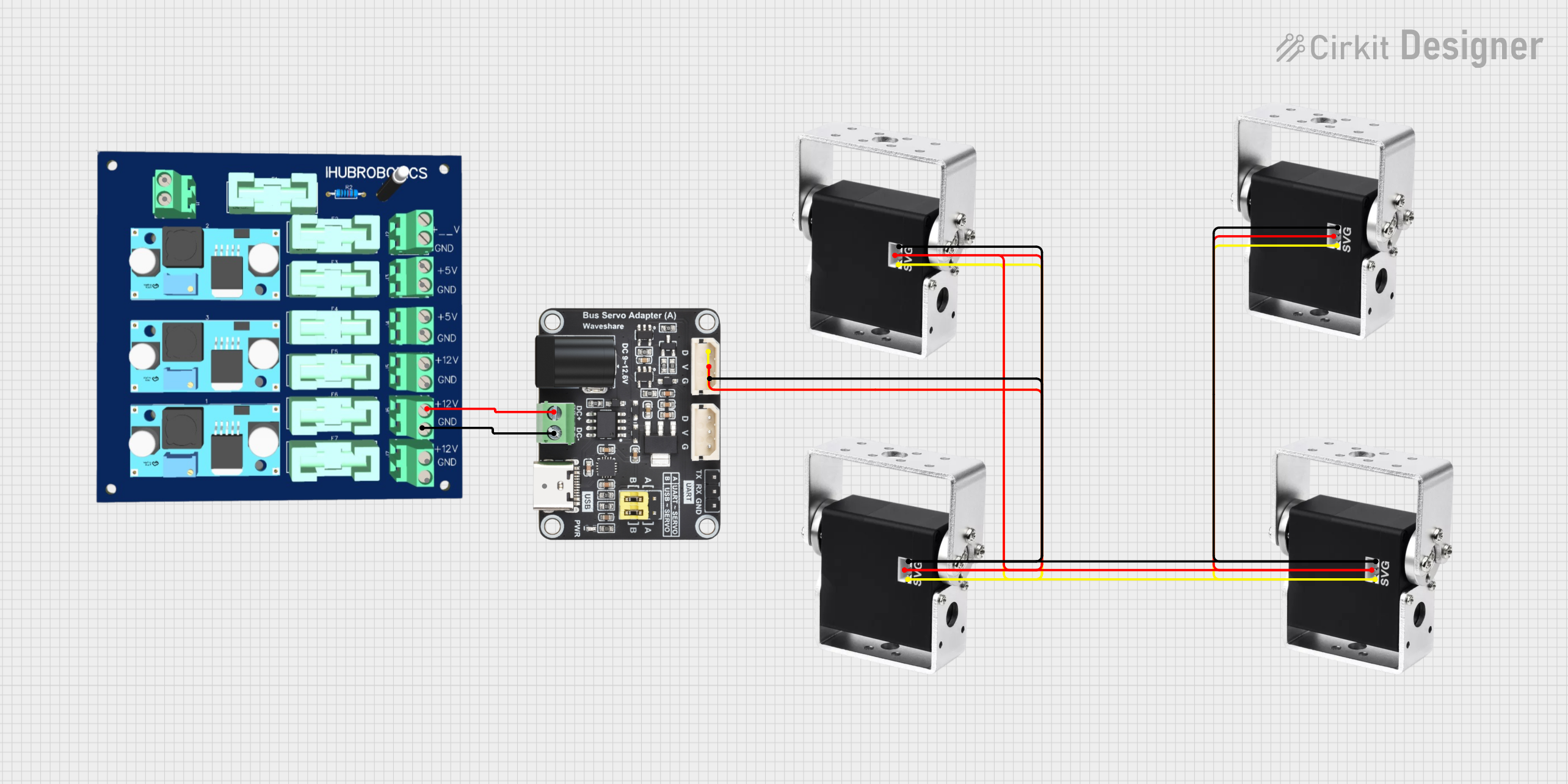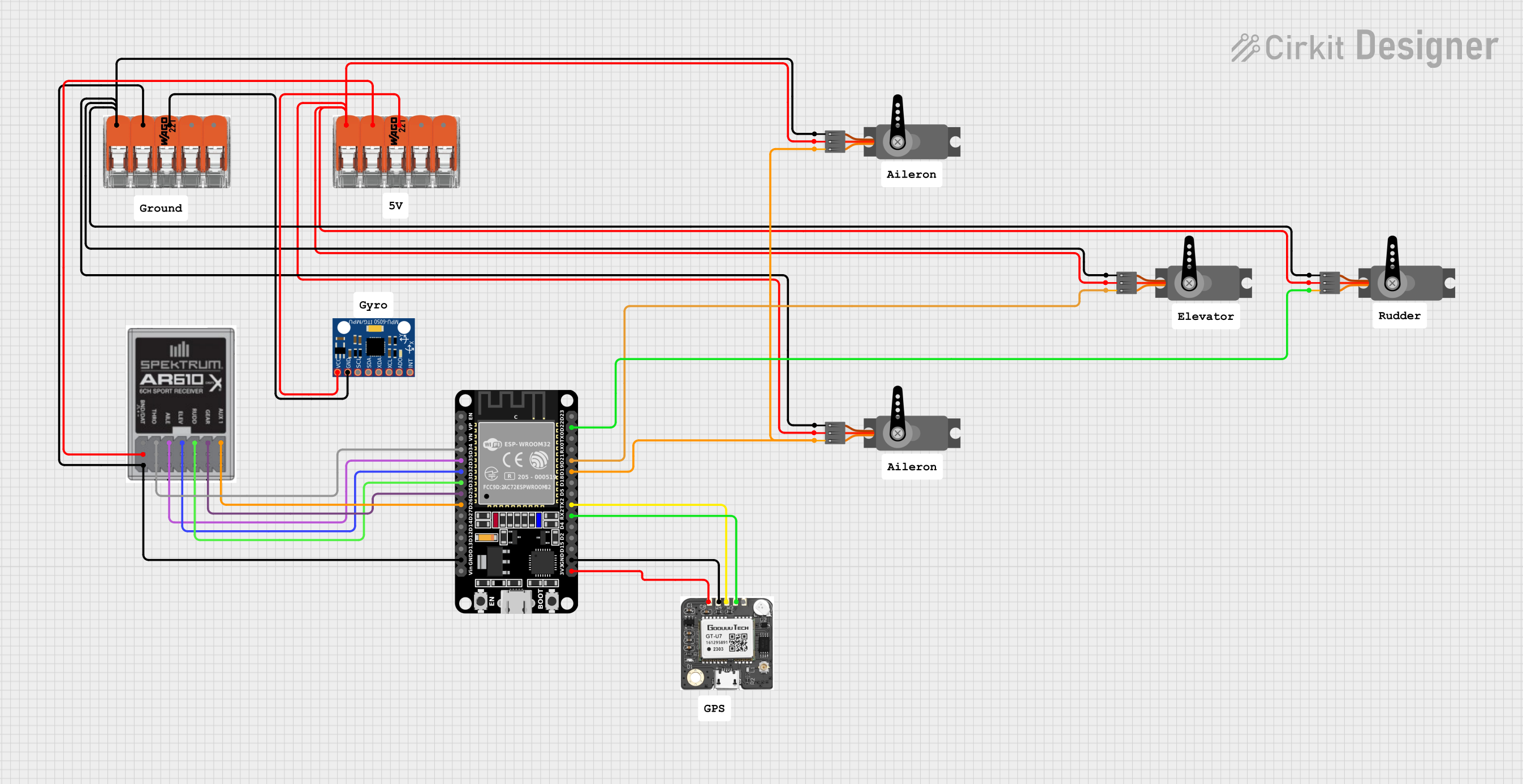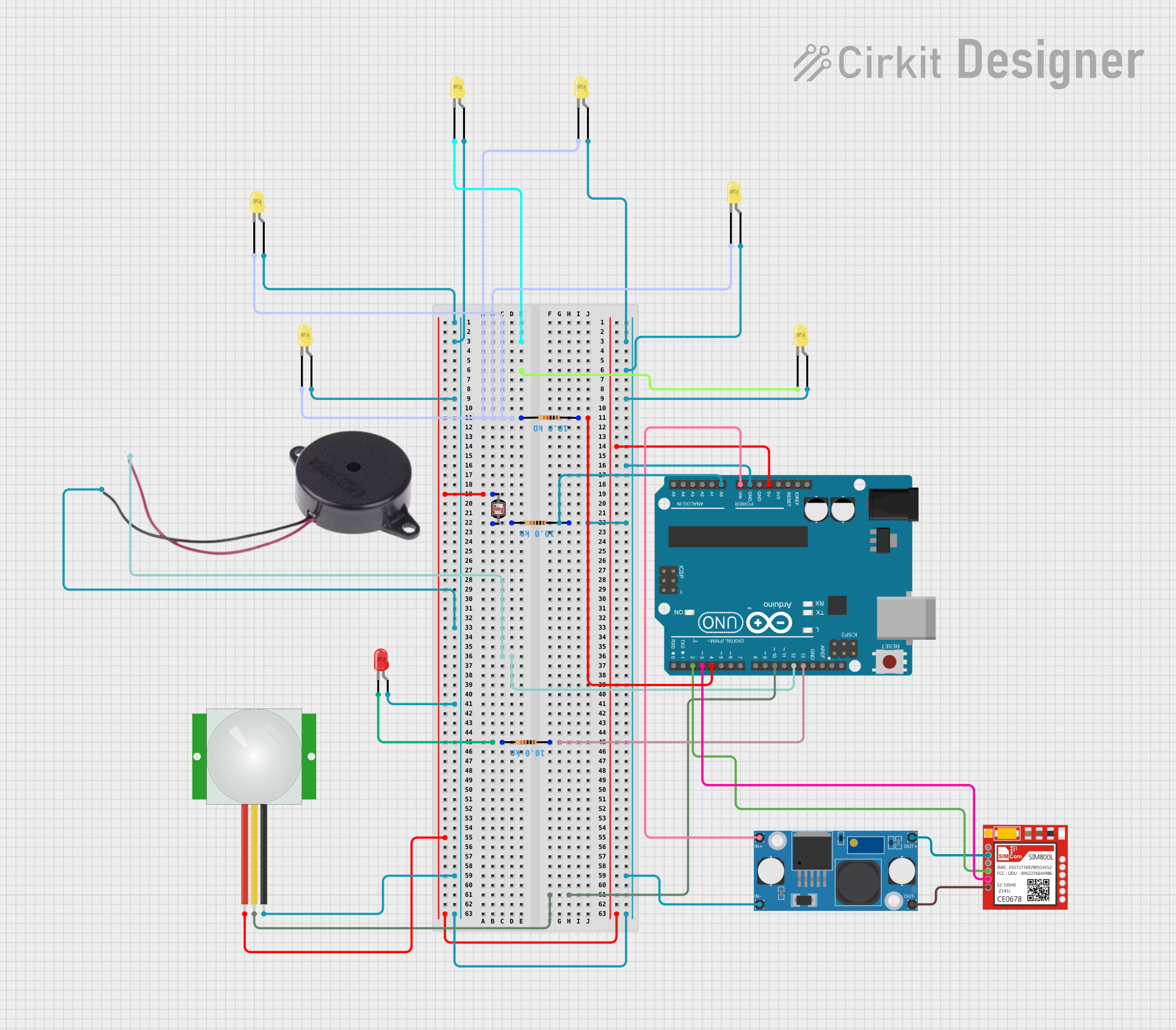
How to Use Modulo 817: Examples, Pinouts, and Specs

 Design with Modulo 817 in Cirkit Designer
Design with Modulo 817 in Cirkit DesignerIntroduction
The Modulo 817 operation is a mathematical function that computes the remainder when one number is divided by 817. This operation is fundamental in various fields such as cryptographic algorithms, digital signal processing, and error detection/correction schemes. The Modulo 817 operation is particularly useful in scenarios where cyclic or periodic behavior is analyzed or utilized.
Explore Projects Built with Modulo 817

 Open Project in Cirkit Designer
Open Project in Cirkit Designer
 Open Project in Cirkit Designer
Open Project in Cirkit Designer
 Open Project in Cirkit Designer
Open Project in Cirkit Designer
 Open Project in Cirkit Designer
Open Project in Cirkit DesignerExplore Projects Built with Modulo 817

 Open Project in Cirkit Designer
Open Project in Cirkit Designer
 Open Project in Cirkit Designer
Open Project in Cirkit Designer
 Open Project in Cirkit Designer
Open Project in Cirkit Designer
 Open Project in Cirkit Designer
Open Project in Cirkit DesignerTechnical Specifications
Since Modulo 817 is a mathematical operation rather than a physical electronic component, it does not have traditional technical specifications like voltage or current ratings. However, it is essential to understand its computational properties and how it can be implemented in digital systems.
Key Computational Details
| Property | Description |
|---|---|
| Operation | Computes the remainder of division by 817 |
| Input Range | Any integer (positive, negative, or zero) |
| Output Range | Integer values from 0 to 816 |
| Computational Complexity | O(1) for a single operation in most programming languages |
| Common Applications | Cryptographic algorithms, digital signal processing, error detection/correction |
Pin Configuration and Descriptions
Since Modulo 817 is a mathematical operation, it does not have physical pins. However, if implemented in a digital circuit or microcontroller, the following table describes the typical input and output signals:
| Signal Name | Description |
|---|---|
input |
The integer value to be divided by 817 |
output |
The remainder after dividing the input by 817 |
Usage Instructions
How to Use the Modulo 817 Operation in a Circuit
While Modulo 817 is a mathematical operation, it can be implemented in digital circuits using microcontrollers or digital signal processors (DSPs). Here, we will demonstrate how to use the Modulo 817 operation in an Arduino UNO project.
Important Considerations and Best Practices
- Data Type: Ensure that the data type used for the input value can handle the range of numbers you expect to process.
- Overflow Handling: Be cautious of potential overflow issues when dealing with very large numbers.
- Efficiency: Use efficient algorithms or hardware implementations to minimize computational overhead.
Example: Arduino UNO Implementation
Below is an example of how to implement the Modulo 817 operation using an Arduino UNO. This example reads an integer from the serial input, computes the remainder when divided by 817, and prints the result to the serial monitor.
// Modulo 817 operation using Arduino UNO
void setup() {
Serial.begin(9600); // Initialize serial communication at 9600 baud rate
while (!Serial) {
; // Wait for the serial port to connect. Needed for native USB port only
}
Serial.println("Enter an integer:");
}
void loop() {
if (Serial.available() > 0) {
long inputNumber = Serial.parseInt(); // Read the input number from serial
long result = inputNumber % 817; // Compute the remainder when divided by 817
Serial.print("The remainder of ");
Serial.print(inputNumber);
Serial.print(" divided by 817 is: ");
Serial.println(result);
}
}
Troubleshooting and FAQs
Common Issues Users Might Face
- Incorrect Remainder Calculation: Ensure that the input number is correctly read and processed.
- Serial Communication Issues: Verify that the serial communication settings match between the Arduino and the serial monitor.
- Overflow Errors: Use appropriate data types to handle large input values.
Solutions and Tips for Troubleshooting
- Verify Input: Double-check the input value to ensure it is correctly received by the Arduino.
- Check Connections: Ensure that the Arduino is properly connected to the computer and that the correct COM port is selected.
- Use Debugging Statements: Add additional
Serial.printstatements to debug and trace the flow of the program.
FAQs
Q1: Can I use Modulo 817 with negative numbers? A1: Yes, the Modulo 817 operation can handle negative numbers. The result will be a non-negative remainder.
Q2: What is the maximum input value I can use with Modulo 817 on an Arduino UNO?
A2: The maximum input value depends on the data type used. For example, a long data type can handle values up to 2,147,483,647.
Q3: Is Modulo 817 operation computationally expensive? A3: No, the Modulo 817 operation is generally efficient and has a computational complexity of O(1) for a single operation.
This documentation provides a comprehensive overview of the Modulo 817 operation, its applications, and how to implement it in an Arduino UNO project. Whether you are a beginner or an experienced user, this guide will help you understand and utilize the Modulo 817 operation effectively.